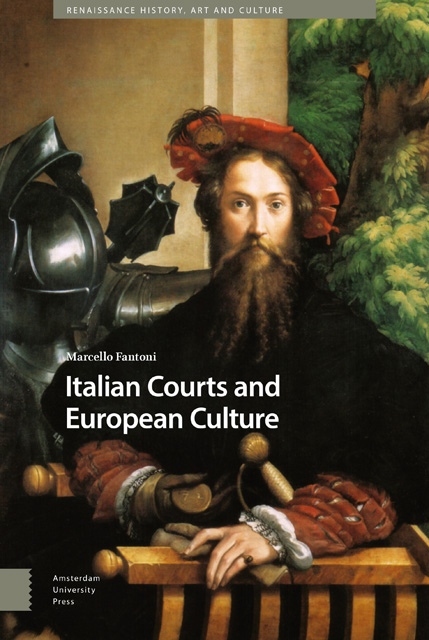Summary
One model that was exported was that of the city. It happened at various levels and in many ways. Firstly, it was thanks to the architectural theories circulating: the translations of Alberti’s, Scamozzi’s, Serlio’s, Peruzzi's and Palladio's treatises were universally praised, creating a host of imitators, and were used as reference works for constructing many buildings and cities where a court had its seat. The buildings they created for Italian princes aroused equal admiration. If necessary, their pupils were accepted and their teachings applied anyway. In each case, precise (and, in the long run, shared) codes were disseminated. Royal residences throughout Europe were thus created following the layout of the Italian courts. The sovereigns’ urgency to develop new building policies explains the attractive conditions offered to Italian artists. Their social status was very high, as were their salaries. Many stayed at various courts, while others emigrated and never came back. Almost all of them were able to adapt and were also skilled at finding favor with the aristocracy. They traveled with their families and apprentices, created proselytes, and often had to cope with the hostility of the indigenous architects. All of them realized the importance of adapting the Renaissance style to local tradition, and the sculptures, furnishings, and paintings as well.
The choice fell on Italian architects for their innovative techniques, their careful planning, and their versatility in fields such as topography, military engineering, and monumental sculpture. The primacy of Italian town planning was also partly due to the fact that the lords of the peninsula had settled in cities long before, creating the conditions for building new courts before the European monarchies. But the Italians were admired above all for bringing back and experimenting with the formulas and orders of the ancients. Only they had the know-how and were expert in the classical canons of architecture. It was the rules, the forma urbis (‘urban layout’), the elegance, and proportions of the ancients, and of the moderns who reproduced them, that conquered Europe in a general renewal of the spaces of power.
- Type
- Chapter
- Information
- Italian Courts and European Culture , pp. 179 - 196Publisher: Amsterdam University PressPrint publication year: 2022

